Bokeh for Beginners: Reasons to Incorporate It in Your Photos
1 12 Share TweetIs bokeh the same as background blur? Bokeh (or boke), after all, translates to "blur" in the Japanese language, so is there a difference? Yes, there is.
Background blur is when you soften the distracting lines and elements, so as to draw the focus on your main subject. Bokeh, on the other hand, refers to the out-of-focus effect that you get from a light source combined with a shallow depth-of-field. While both highlight the most important subject in a photograph, background blur, as the name implies, is just that; bokeh, on the other hand, gives you options to be creative and is more aesthetically pleasing. Remember those photos with fairy lights blurring in the background as light orbs? That is the classic example of bokeh.
So what do you need to create bokeh? A fast lens, preferably those with a small f-number, at least f 2/8. One thing to remember is that the larger the aperture (smaller f-number), the shallower the depth of field—and this makes the bokeh more prominent in the background. Seek small light sources when you photograph—it may be from the sun shining through trees or bouncing off surfaces. Practice and experiment, and in no time, you'll see that bokeh can do wonders for your photograph!
Here are a few more reasons why you should consider creating bokeh in your next portrait shoot.
Bokeh beautifully frames your subject
The more detailed the background, the more interesting the bokeh would be. While bokeh can help highlight your subject, it's also quite noticeable, and may be distracting if not executed well. If your goal is to draw focus to your subject, a background with minimal colors or details will be more effective, as opposed to busier patterns.
Nature scenes become more magical
Mother Nature provides us with unparalleled beauty all year-round. There's the glittering sea in Summer, the flowers in bloom during Spring, the warm-colored falling leaves of Autumn, and snow-covered landscapes in Winter. These natural occurrences produce textures and details that look marvellous in bokeh, making magical backdrops for any subject. Petals become soft blurs, while light reflections give off sparkles and glowing orbs. In between seasons, even water droplets or the way sunlight filters through trees (called komorebi by the Japanese) make good bokeh.
Bokeh completes your visual story
Instead of treating bokeh as a mere background, look at it as the detail that completes a photograph. When planning your photo shoot, think of how you can use bokeh as an additional element to express your story or impose a mood. Imagine it as the finishing touch to emphasize your creative statement!
Thinking of exploring the creative possibilities with bokeh? Try Lomography Art Lenses with your favorite camera. Read more about the specs of each lens (and compatibility with your gear) by visiting our shop.













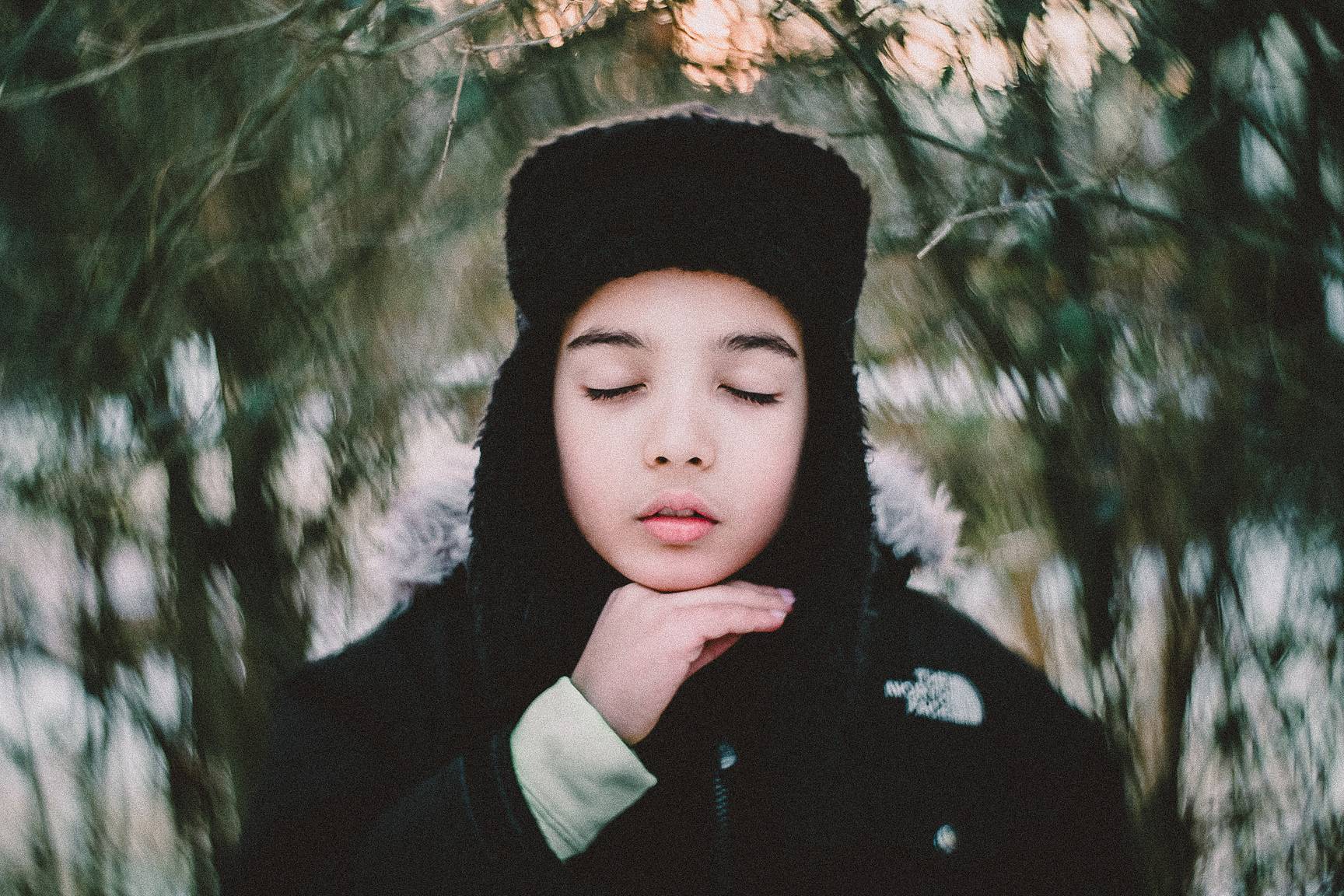







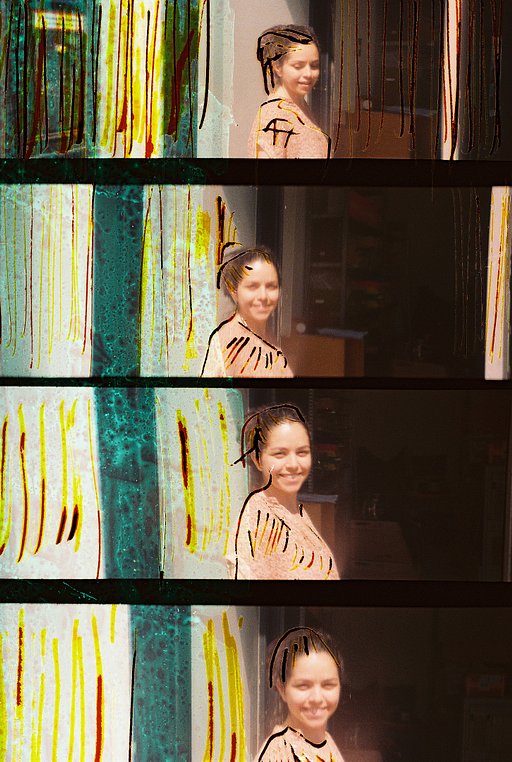




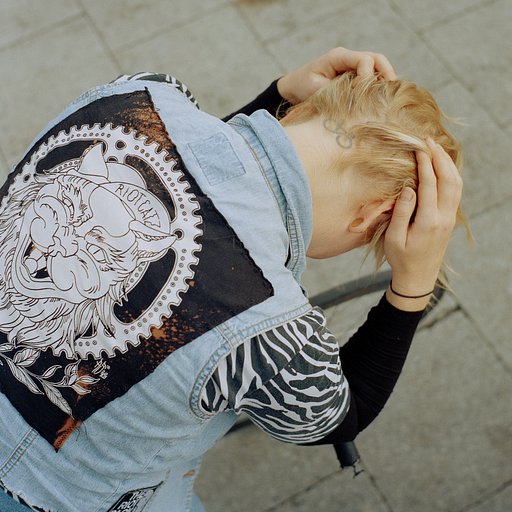

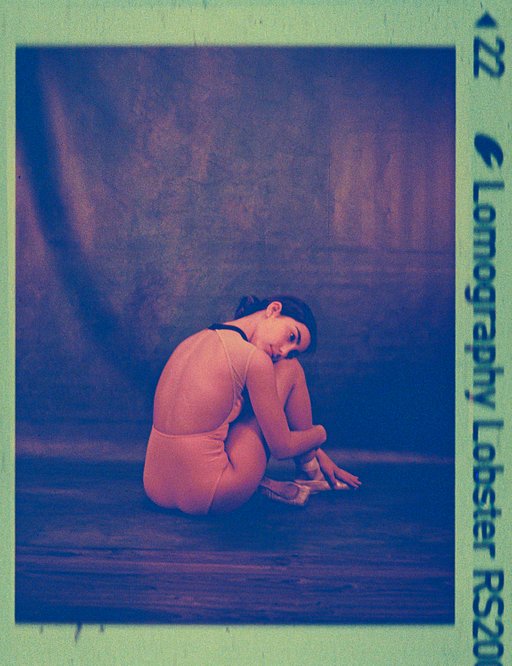
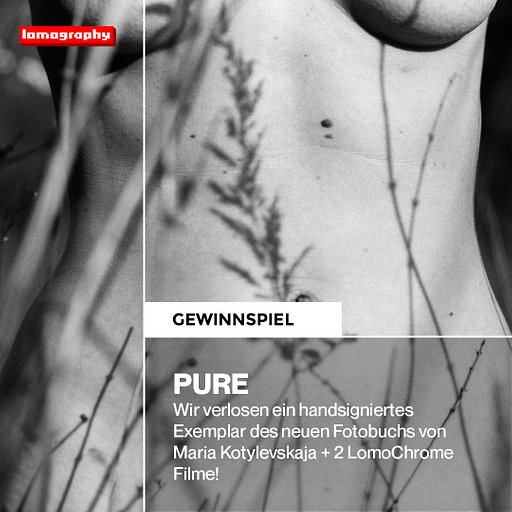

Ein Kommentar